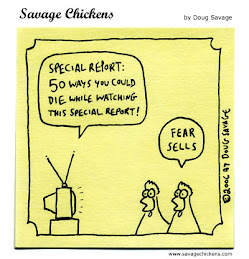Classical conditioning is a psychological process defined by the Oxford Dictionary as “a learning process that occurs when two stimuli are repeatedly paired: a response that is at first elicited by the second stimulus is eventually elicited by the first stimulus alone.” In social terms, it is a learning process that leads people to unconsciously respond to a stimulus, such as a message, an advertisement, a warning, or the news, in a way that is taught. In more explicit terms, it can be a form of manipulation. In Brave New World, the society uses conditioning to manipulate the castes of citizens so that they involuntarily learn to consume commercial items and to enjoy being in their caste level. For example, using electroshock therapy, a form of classical conditioning, babies are shocked when they touch books and flowers to create an aversion to them. This way, they will grow up to have an irrational fear of nature and books, and thus will spend more time consuming products instead of enjoying nature or education.
People can be conditioned to have fears in the real world too. The television is a powerful means of communicating messages to people, with 98% of American homes having a television as of 1985 (Singer & Singer, 224). Americans rely on televisions increasingly for entertainment. In 1950, the average American household watched 4.5 hours of television a day (Singer & Singer, 226). Now that figure has increased to 7.25 hours a day (Singer & Singer, 226). The implications of this increased time spent watching television is that people are more and more influenced by what they watch. The messages that these endless hours of television offer people are usually exaggerations of the real world, which thus creates an illusion for viewers. This illusion is often of a more exciting and dramatic world to entertain viewers. However, when these false portrayals of society are repeatedly shown, viewers become classically conditioned to expect the world to resemble what they see on television.






